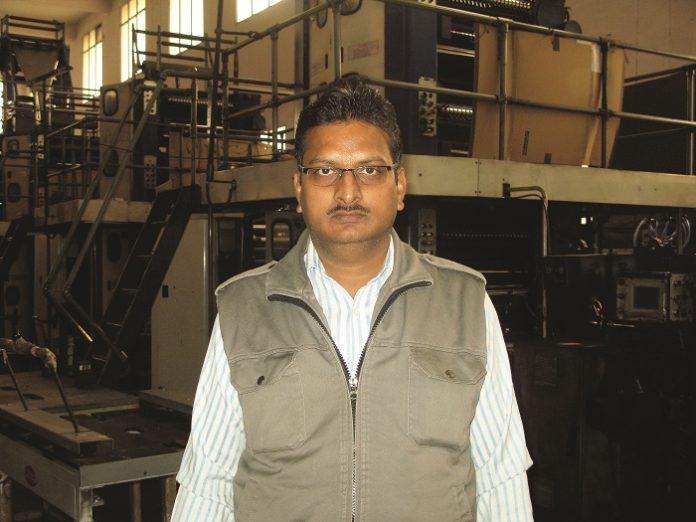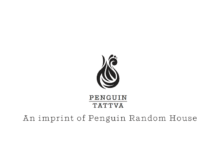Amar Ujala, one of India’s largest Hindi-language daily newspapers, recorded 9.45% growth in the six month period from January to June 2015 (Source: ABC January-June 2015 over July December 2014) which is driven by increased color pagination and also driving the increase in color pages. This is the highest amongst the top 20 daily newspapers in the country. Amar Ujala with 19 editions in seven states and one union territory covers more than 160 districts with a circulation of 24.90 lakhs (2.49 million) copies as certified by the Audit Bureau of Circulations (ABC) in its January-June 2015 report. This reflects two stories based on objective numbers that metro-centric media watchers cannot afford to ignore – first, of the heartland where the market growth is coming from, and second, the story of a resurgent Hindi brand.
What is significant is that at a time when most of the leading newspapers recorded a downward trend in daily circulation, including the leading English dailies Hindustan Times at -12.96% and The Times of India at – 9.25%, only six newspapers (all in vernacular languages) recorded growth. Amar Ujala’s circulation grew the most at 9.45%, whereas Dainik Jagran (Hindi) grew by 2.89%, Hindustan (Hindi) by 2.77%, Punjab Kesari (Hindi) by 1.14%, Malayala Manorama (Malayalam) by 0.78% and Dainik Bhaskar (Hindi) by 0.68% (Source: ABC January-June 2015 over July-December 2014).
Amar Ujala recently installed six Manugraph Hiline 45 4-Hi towers with a 546 mm cut-off at its Noida plant. The new press line was commissioned in October – less than a year since the Orient X-press 533 mm cut off shaftless with five towers was installed at the Noida plant in early 2015. The Noida plant has now two Orient X-press lines apart from the new Manugraph press. The auto registration system on the new Hiline 45 is from QuadTech.
Manugraph 7-tower Hiline for Meerut
Speaking about Amar Ujala’s capacity building in Meerut, Joney Kumar, AGM production, says, “For the Meerut plant, we have ordered another Hiline 45 with seven 4-Hi towers from Manugraph which will reach here in January 2016. The 28 full broadsheet color pages press will help us add another 25,000 copies to our existing circulation of 2.40 lakhs in Meerut. This will be the second print order increase after our recent increase by 15,000 copies.” The additional 25,000 copies are likely to be circulated by the first quarter of FY 2016-17, according to Kumar. At present, the Meerut plant has two 4-Hi tower presses each consisting of five 4-Hi towers and a half tower rated at 36,000 broadsheet copies an hour from Faridabad manufacturers, Pressline and TPH.
The Manugraph Hiline print units are available in H modules with vertical web lead. The 4-Hi tower comprises two H units placed one over the other offering high color and page capacities predominantly for newspapers. The inking system consists of a 9-roller ink train with two form rollers of differing diameters and two Rilsan-coated rollers with an oscillation stroke of 30 mm. The dampening system of the press is a 4-roller non-contact brush dampening system.
Amar Ujala buys six Agfa violet CtPs
As a part of its continuous growth in capacity, Amar Ujala has purchased six Agfa violet CtPs of which four – two each – are already installed at the Agra and Lucknow plants. The remaining two CtPs will be installed at the Kanpur plant, says Kumar.
Amar Ujala uses plates from both Kodak and Technova. “These six CtPs will complement the neighbouring plants which do not have a CtP or have a single output device with low speed. The older thermal CtPs in Agra, Lucknow and Kanpur will be relocated to the smaller plants in Aligarh, Jhansi, Dehradun and Muradabad,” says Kumar.
“There is quite a bit of investment going on at Amar Ujala on the hardware and technology front. There is an overall growth in the group circulation, which is now 24.90 lakhs, and the investment is coming at the right time,” he adds. “With increased literacy, there is a growing demand for local language publications outside of the major metros – that is where the English newspapers are not able to create an impact,” Kumar concludes.


















